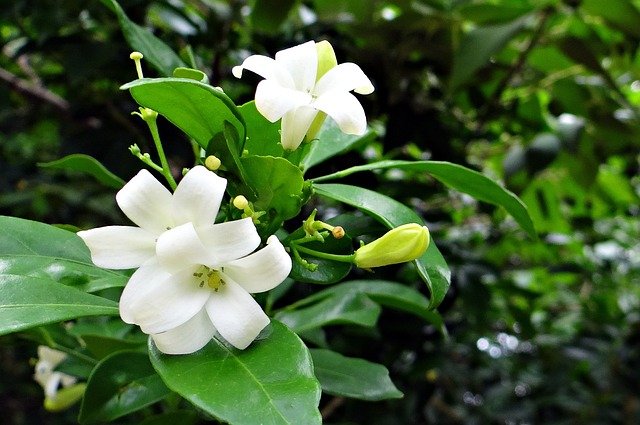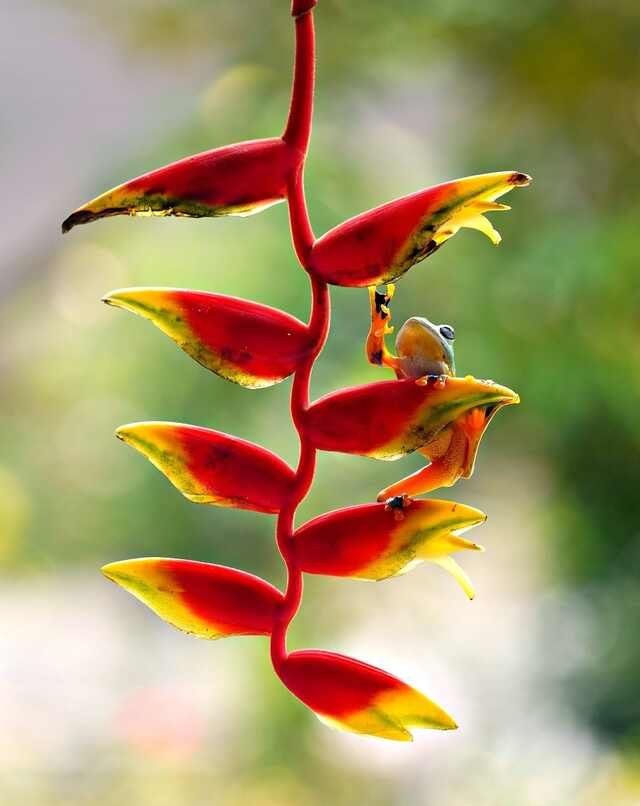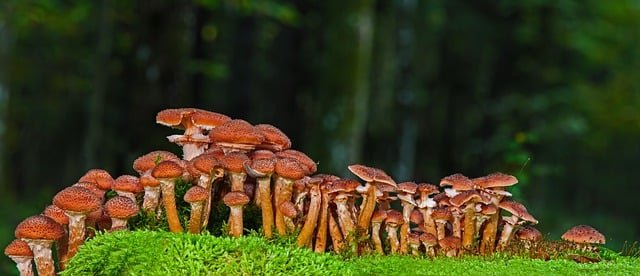Hi guys, in today’s article, I’m going to recommend some plants that grow really, really fast. They literally grow right before our eyes; every time you look at the plant, there’s a new leaf. I’m not going to number these plants because I don’t want to stress myself by limiting the number of species. In fact, I just went around the house and picked up plants that are very, very fast-growing. Here they are—I’m going to walk through them one by one with you and share some care and propagation tips.
Banana

Okay, so that was not a comfortable seating position. I guess I’m just going from left to right. Over here, we have the variegated banana. I just got this about three weeks ago, and they’re famous for being fast growers. In three weeks, they’ve put out two new leaves, so I would definitely recommend this as a fast-growing plant. They do need a lot of water—they’re very thirsty plants—and they require a lot of fertilizing. They have this really beautiful velvety leaf that is variegated. The non-variegated one would actually grow a lot faster than this. These guys also fruit, and the fruit is variegated, so I’m very excited to see that.
Panama hibiscus
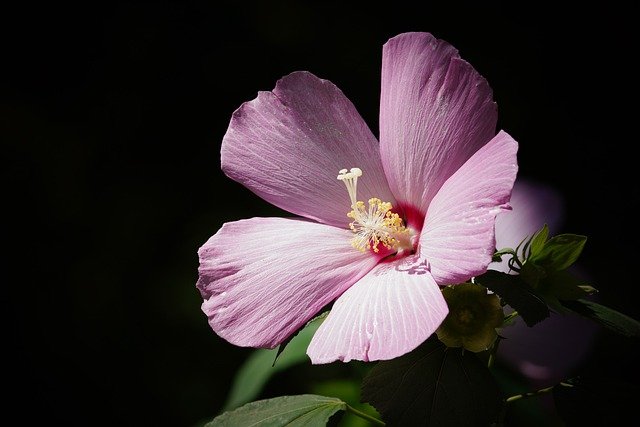
Next up, we have this Panama hibiscus, also known as Panama acetosella. Well, this is a very, very fast-growing plant. It was gifted to me by an online friend of mine. I’m going to insert a picture of what the flower looks like; it looks even better in real life. You have to prune it often so that it’s not just one leggy stem like this. They’re very, very easy to propagate—basically, stick cuttings into soil, or you can also water propagate them. They like full sun and are very, very thirsty plants that need to be watered once or twice a day. Every time I look at it, a new growth point has appeared. I got this plant about three months ago, and I’ve propagated so many of them. I wanted the older plant to have a bushy look, so when you cut them, it will start to branch out from underneath, giving you a fuller-looking plant.
Scindapsus

Next up, we have the Scindapsus, I believe the Scindapsus exotica. This is actually just one of my plants—I have many of them lying around the house. I can’t move them because they’ve grown into their space, so I’ll give you some B-rolls to show you what they look like. The Scindapsus exotica is a very fast-growing, very easy-to-care-for houseplant. They can take bright, indirect light, and they can also survive in medium to lower light, although they will still push out new growth. However, they are a little finicky with watering. This one is thirsty right now—the leaves are a little limp because we have a really hot day today. But you should only water it when the leaves are curling. They’re very prone to overwatering—if you overwater them, they will give you yellow leaves that fall off, and it can be rows and rows of leaves at the same time. So just be careful—do not overwater them. I would keep them on the underwatered side.
Coleus
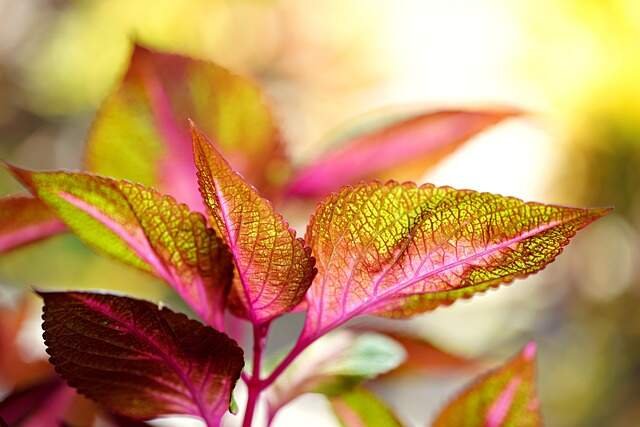
Next up, here we have the Coleus. This is unstoppable! I actually bought a tiny plant, propagated it, and now it’s huge. It’s become very leggy, and I’ve propagated it some more, and this is what I have—this is actually the third generation within four or five months’ time. They love full sun and are very, very thirsty. They like to be watered two to three times a day. They are heavy feeders as well, and very beautiful. Look at the foliage—it’s just so stunning. The new growth point is just so cute; it closes tiny leaves that expand in size, and this is the part that really, really grows fast.
Episcia
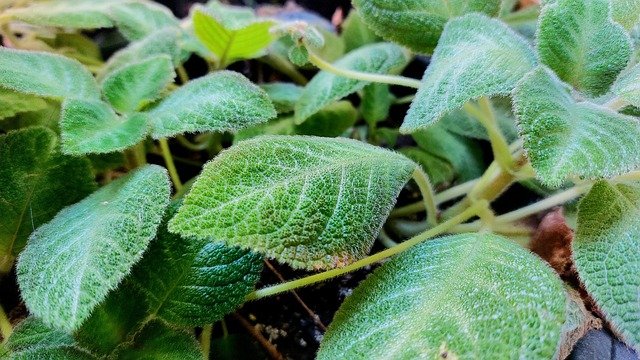
Next up, we have the Episcia. These two are slightly similar but also very different. They put out these stolons, or pups, and what you can do is tuck them back right into the pot. It will turn into a whole plant, and the leaves will get bigger. I’ll actually upsize this soon so that I can keep putting these stolons back into the pot because it’s very beautiful when it’s in a 15-centimeter diameter pot. When it’s full enough on the top, you can just hang it on a macrame or something, and it would be so beautiful. Look at all these beautiful trailing plantlets. The foliage on these is also very striking—if you look at them up close, they’re shiny, silvery, and the pattern is just so nice. The back is a little bit pink. This is actually becoming one of my favorite plants, and they grow really, really fast. The way you care for it is to give it a very fast-draining, airy potting mix because they are prone to rot, but never let them dry out completely. When you leave them to dry out, their leaves will start getting crispy edges, and then the leaves will just brown up and die off. So keep them humid, a little bit moist, and very, very airy—never give them compact soil because they will rot.
Tradescantia zebrina
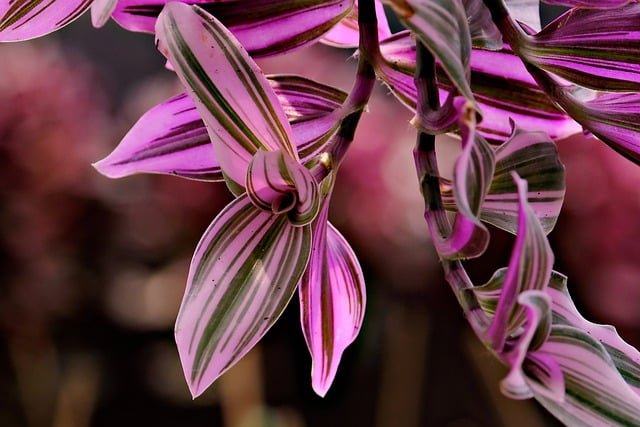
Next, we have this Tradescantia zebrina. This is a really, really common houseplant, very inexpensive, and it grows like a weed. It grows so fast! In fact, this is actually a propagate. The main plant is in the nursery, and I can’t take it out because it’s overgrown in its space. If I took it out of its spot, I would yank a lot of the other plants out of the way. So yeah, this is what I have to show you now. I’ll give you some B-rolls of what they look like. They’re growing non-stop—they propagate so easily. Just cut off anywhere along the stem and stick them back into the potting mix. Just leave them be—they will root very quickly and grow very quickly. Unfortunately, the zebrina does tend to get leggy and trails down, so it will get a little bit of balding spots on the older stems. What you can do is keep cutting the top cuttings, and the bald stem will start branching out, putting out shoots. If you want a bushy plant, you need to always propagate the Tradescantia.
Syngonium

Next up, we have the Syngonium. This is, I believe, the Syngonium podophyllum. This is actually one of the most common Syngoniums. If you give them bright light, they will push out more variegation. If you pull them away from light, they will give you more green, so it’s very fun to have. This is actually a juvenile form that I propagated because the main plants are all over the house, and they’re getting huge. Again, I can’t take them down because they will drag other plants down with them from the rack, so I’ll show you those images. This is a very forgiving plant, easy to care for. It’s very hard to overwater it—they can take a little bit of overwatering, and they can take a little bit of drought as well. They can take anywhere from some direct sunlight to medium indirect light. Very forgiving plant, very fast grower.
Begonia
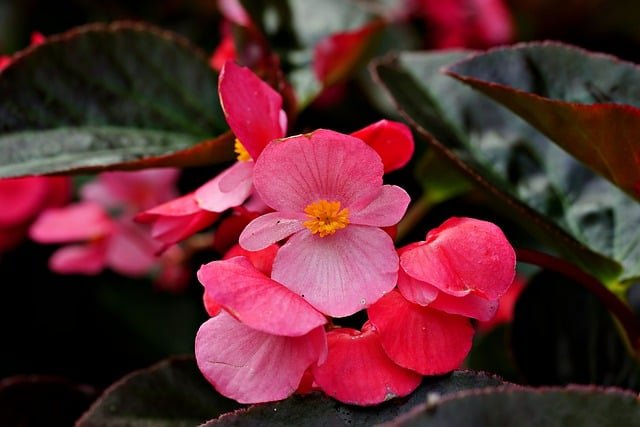
Next, we have this Begonia, and actually, a few Begonias are quite fast growers. The immaculata is pretty fast-growing, but I don’t think it holds a candle to this particular Begonia. I believe this is called the Arabian Sunset. This one is actually a propagate—I have quite a few of them around the nursery. What you would do is cut the stem, stick it in water, and they will root very fast in water—two to three weeks should be enough. Or you can stick it directly into my forest floor potting mix, which is a very airy mix, and it will turn into a full plant. Whenever you cut it, the bottom nodes will activate, and they will branch out, becoming a much bushier plant. This is a really fast-growing Begonia, and in the morning, when I get some direct sunlight, this whole plant glows in red—it’s so beautiful. The rim around the leaves glows a beautiful red, and I’m going to insert some pictures so you can see what it looks like. This plant has really beautiful black foliage—very shiny and black, with a very beautiful blood-red underside of the leaves and stems. This is a truly remarkable plant—I’m surprised it’s not hyped up as it is a very, very fast grower. As you can see, it’s putting out a lot of multiple growth points at the same time, and I’m going to be propagating it some more because I want many of these.
Philodendron

Next, we have a Philodendron, and this is the Philodendron micans. This is a really unstoppable plant. In fact, I didn’t realize how fast they grow until I started cutting them, so whenever you cut it, the bottom nodes will be activated, and they’ll start branching out. So as you can see here, there are multiple growth points. The way to propagate them is to just cut them up. If you want a bushy plant, you should cut it up all the time. Stick the top cuttings back into the potting mix, and it will root in no time. Or you can propagate it in water—it’s really, really easy to root. They’re also easy to care for. They can take low to medium light, bright indirect light as well. Just be careful not to overwater it—they do like to be dried out completely before the next watering, so I would keep them on the drier side of the potting mix. In fact, the potting mix that I use is very airy and chunky. This plant has really beautiful foliage—it’s velvety, dark green with a tinge of purple, and the new growth is bright pink.
So yeah, that’s it for today’s article. I really hope that you guys learned something and maybe were inspired to get these plants because they’re very easy to care for and are very, very fast-growing plants. I really recommend them because they are so much fun to have around the house. Thank you so much for reading. Happy Gardening.

